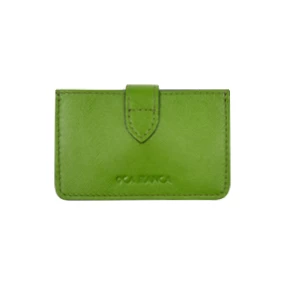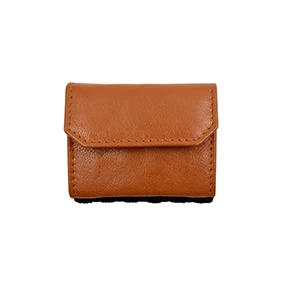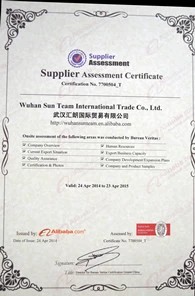What is Leather?
Cara
www.walletamazon.com
2017-05-18 17:31:17
What is Leather?
The British Standard Definition of leather is:
'Hide or skin with its original fibrous structure more or less intact, tanned to be imputrescible. The hair or wool may, or may not, have been removed. It is also made from a hide or skin that has been split into layers or segmented either before or after tanning.'
The amount of surface coating applied to the leather influences whether or not the item can be described as genuine leather.
'If the leather has a surface coating, the mean thickness of this surface layer, however applied, has to be 0.15mm or less, and does not exceed 30% of the overall thickness'.
What is not leather?
There are many types of leather items sold and described as leather, when in actual fact they are imitations. Some of the more common ones are described below.
Bonded Leather Fibre
'Hide or skin with its original fibrous structure more or less intact... If the tanned hide is disintegrated mechanically and/or chemically into fibrous particles, mall pieces or powders and then, with or without a binding agent is made into sheets, such sheets are not leather'
It is possible to see the incorporation of several material types within this bonded leather structure as different colour types.
Advantages
• Cheap
• Uniform cutting area
Disadvantages
• Not leather
• Poor flexibility
• Not durable
• Little strength
• Looks cheap
Coated Leather
'A product where the finish thickness does not exceed 30% but is in excess of 0.15mm'
The darker region toward the grain side of the leather contains the actual coating, which can be constructed with various chemical materials, such as a polyurethane mix. As the finish thickness exceeds 0.15mm, it cannot be termed genuine leather.
Advantages
• Cheap
• Consistent surface
Disadvantages
• Lacks natural look
• Not porous
• Physical performance, flex etc (low)
Laminated Leather
The main features of laminated leathers are that they are a composite of two or more layers, where the laminate has been affixed to the flesh side. Also a difference between this leather type and a coated leather is that the laminate accounts for greater than 30% of the leathers overall thickness.
Advantages
• Consistent surface
• Some flexibility and strength
• Colour and light fastness good
Disadvantages
• Lacks natural look
• Not porous
• Physical performance not as good (tends to crack)

The British Standard Definition of leather is:
'Hide or skin with its original fibrous structure more or less intact, tanned to be imputrescible. The hair or wool may, or may not, have been removed. It is also made from a hide or skin that has been split into layers or segmented either before or after tanning.'
The amount of surface coating applied to the leather influences whether or not the item can be described as genuine leather.
'If the leather has a surface coating, the mean thickness of this surface layer, however applied, has to be 0.15mm or less, and does not exceed 30% of the overall thickness'.
What is not leather?
There are many types of leather items sold and described as leather, when in actual fact they are imitations. Some of the more common ones are described below.
Bonded Leather Fibre
'Hide or skin with its original fibrous structure more or less intact... If the tanned hide is disintegrated mechanically and/or chemically into fibrous particles, mall pieces or powders and then, with or without a binding agent is made into sheets, such sheets are not leather'
It is possible to see the incorporation of several material types within this bonded leather structure as different colour types.
Advantages
• Cheap
• Uniform cutting area
Disadvantages
• Not leather
• Poor flexibility
• Not durable
• Little strength
• Looks cheap
Coated Leather
'A product where the finish thickness does not exceed 30% but is in excess of 0.15mm'
The darker region toward the grain side of the leather contains the actual coating, which can be constructed with various chemical materials, such as a polyurethane mix. As the finish thickness exceeds 0.15mm, it cannot be termed genuine leather.
Advantages
• Cheap
• Consistent surface
Disadvantages
• Lacks natural look
• Not porous
• Physical performance, flex etc (low)
Laminated Leather
The main features of laminated leathers are that they are a composite of two or more layers, where the laminate has been affixed to the flesh side. Also a difference between this leather type and a coated leather is that the laminate accounts for greater than 30% of the leathers overall thickness.
Advantages
• Consistent surface
• Some flexibility and strength
• Colour and light fastness good
Disadvantages
• Lacks natural look
• Not porous
• Physical performance not as good (tends to crack)
























